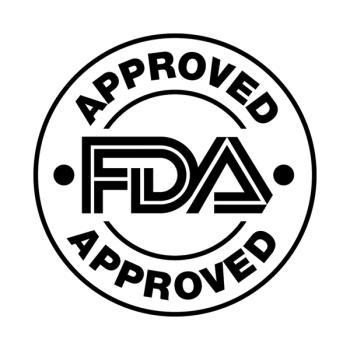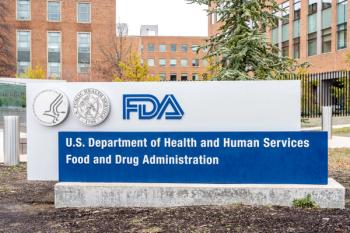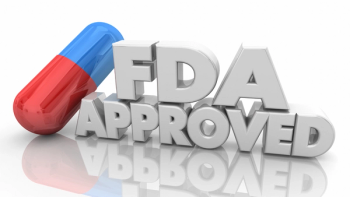The new administration hasn’t shied away from making big changes. For the pharma industry, this means that significant cuts have been made to NIH and its ability to fund research, while tariffs are still looming on the horizon. Darius Lakdawalla, PhD, co-founder and chief scientific officer at Entity Risk, spoke with Pharmaceutical Executive about the current situation and how it will impact various elements of the industry.
How is the administration’s agenda impacting pharma?
Key Takeaways
- Cuts in NIH funding may slow the pace of medical innovation and limit access for future generations of patients.
- The focus on cost-cutting presents an opportunity to demonstrate novel pricing arrangements that accept price cuts on drugs that do not perform well, while preserving appropriate rewards on those that deliver on their promise.
- A predictable and efficient FDA review process stimulates innovation and serves the needs of patients.
Pharmaceutical Executive: How will cuts to NIH and funding impact market access? How can Pharma companies adjust to this?
Darius Lakdawalla: The evidence is clear that NIH funding leads to more research and development investment in the pharmaceutical industry and more drug approvals. Thus, cuts in NIH funding may slow the pace of medical innovation and limit access for future generations of patients.
Basic scientific research funding is the province of government for a good reason: It benefits society as a whole, not specific companies. In the short run, the pharmaceutical industry may want to think innovatively about how investing in basic scientific research—for example, through nonprofit research organizations and universities—can stimulate innovation. In the longer run, we need a stream of rationally allocated NIH funding to support high-value basic scientific research.
PE: What impact will the current situation have on value-based pricing?
Lakdawalla: Clearly, there is interest in cutting costs across the federal government. In the pharmaceutical context, the risk is that cost cuts will bluntly reduce returns to highly valuable drugs, along with more incremental products.
On the other hand, the focus on cost-cutting presents an opportunity to demonstrate novel pricing arrangements that accept price cuts on drugs that do not perform well, while preserving appropriate rewards on those that deliver on their promise.
Overall, the main challenge for public policy has remained how to sustain the pace of medical innovation while simultaneously ensuring that valuable new technologies are affordable and accessible.
Policymakers have become concerned about global price differentials for at least two reasons.Evidence does suggest that other countries free ride to some extent off higher prices in the American market, which stimulate innovation that benefits the entire globe.And, despite stable or even falling net prices for drugs, novel medicines lie increasingly beyond the financial reach of too many Americans.
However, blunt price controls are not the right way to promote affordability. It’s not the solution to global free-riding either. And research I’ve been able to pursue finds introducing European-style pricing policies would in fact reduce Americans’ life expectancy.
If we’re serious about pursuing greater affordability and access, aligning drug prices with the actual value provided to patients can be achieved. And if we can do it while paying attention to what patients value, it can stimulate innovation that benefits patients and discourage investments that do not.
Legislation to increase drug price transparency would be a good start. The other key ingredient is a “health technology assessment” system that ties prices to rational and patient-centered calculations of value. These approaches can help the government, insurance companies, and patients invest their money wisely.
PE: What are some of the potential supply chain issues that tariffs could cause?
Lakdawalla: Tariffs and supply chains don’t figure into the part of the biopharma process we’re focused on.
However, experts like my colleague Geoffrey Joyce have outlined the possible harmful effects they may have on access to generic drugs, where profit margins are already thin. Simple economics implies that higher costs can discourage supply in competitive markets.
PE: If cuts to FDA impact its review processes, how will this impact Pharma companies’ ability to get drugs to the market?
Lakdawalla: A lot depends on how a round of FDA cost-cutting plays out. Partly as a result of PDUFA, FDA review times have shortened over the past several decades, getting drugs to market faster for patients in need. If FDA cuts roll back that progress, patients will suffer, especially those with the fewest existing treatment options and the greatest unmet need. A predictable and efficient FDA review process stimulates innovation and serves the needs of patients.






